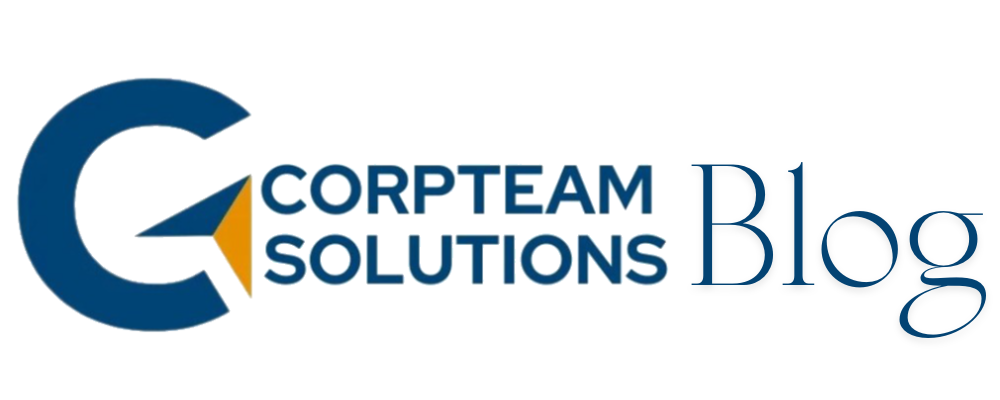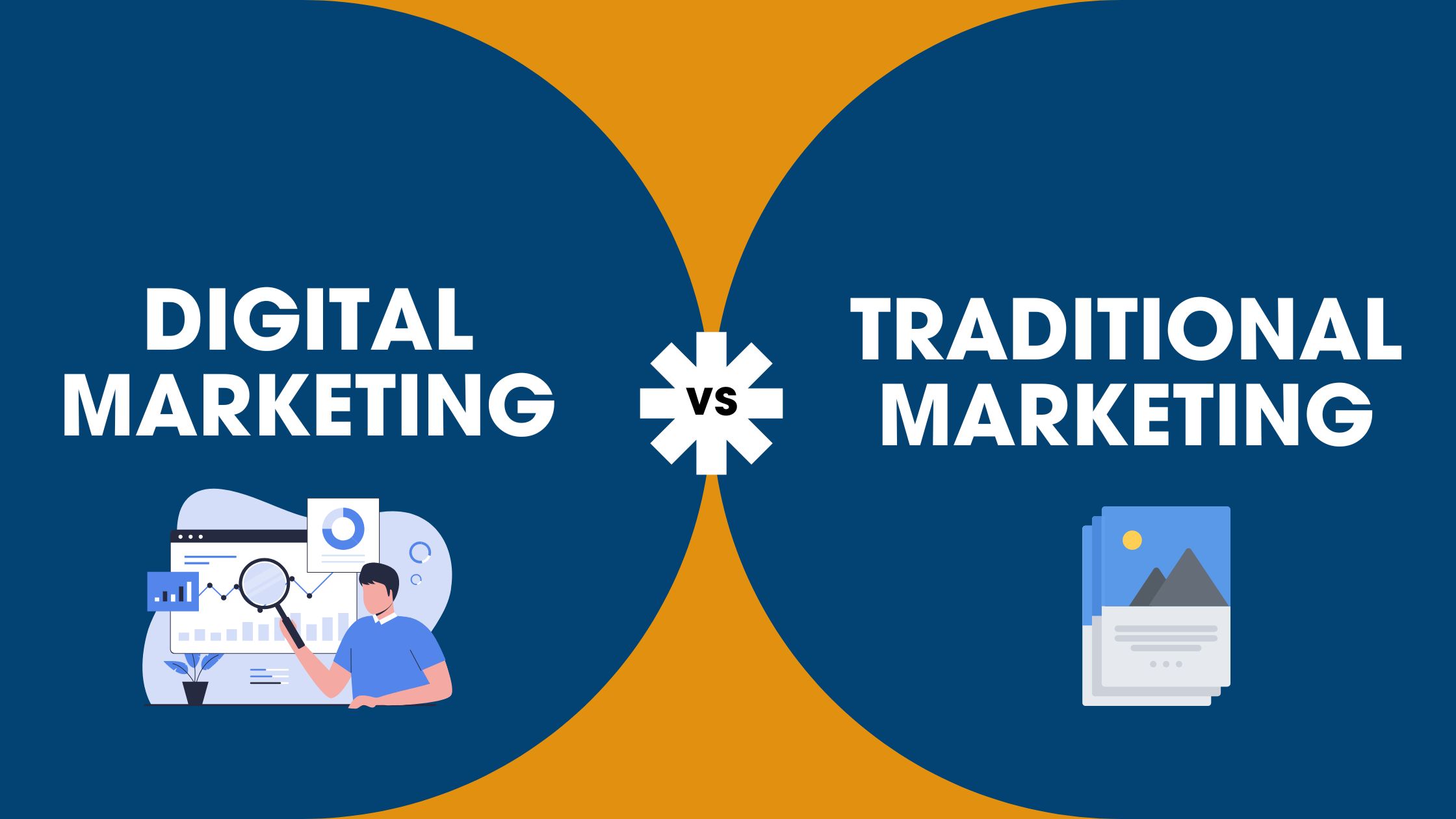DIFFERENCES BETWEEN TRADITIONAL MARKETING AND DIGITAL MARKETING
Introduction
Marketing has evolved significantly over the years, with businesses now leveraging both traditional and digital strategies to reach their target audiences. Understanding the key differences between traditional marketing and digital marketing is essential for any business aiming to create an effective marketing plan.
What is Traditional Marketing?
Traditional marketing encompasses various offline advertising methods such as television, radio, newspapers, and billboards. These methods have been used for decades to promote products and services to a broad audience.
Reach and Target Audience
Traditional marketing is often characterized by its wide reach. Television and radio ads, for example, can reach millions of viewers and listeners. However, targeting a specific audience is more challenging, as these ads are broadcast to a general audience.
Cost Implications
Traditional marketing campaigns are usually expensive. Producing a television commercial or placing an ad in a national newspaper can cost a significant amount of money. Additionally, there are ongoing costs for airtime or ad space.
What is Digital Marketing?
Digital marketing, on the other hand, utilizes online platforms and technologies to promote products and services. This includes social media marketing, search engine optimization (SEO), content marketing, email marketing, and pay-per-click (PPC) advertising.
Reach and Target Audience
Digital marketing allows for precise targeting. Through data analytics and various online tools, businesses can target specific demographics, interests, and behaviors. This makes it easier to reach potential customers who are more likely to be interested in the product or service.
Cost Effectiveness
Digital marketing is often more cost-effective than traditional marketing. Many digital marketing strategies, such as social media marketing and content marketing, can be implemented with a smaller budget. Moreover, businesses can track their return on investment (ROI) more accurately, allowing for better budget allocation.
Engagement and Interaction
Traditional Marketing
Engagement with traditional marketing is typically one-sided. Consumers receive the message through the medium but cannot interact with the brand directly. This limits feedback and engagement opportunities.
Digital Marketing
Digital marketing fosters two-way communication. Social media platforms, for instance, allow consumers to interact with brands through comments, likes, and shares. This interaction builds stronger relationships and provides valuable feedback to the business.
Measurability and Analytics
Traditional Marketing
Measuring the success of traditional marketing campaigns can be challenging. Metrics such as television ratings or newspaper circulation provide some insights, but they do not offer detailed analytics on how the audience engages with the content.
Digital Marketing
Digital marketing offers robust analytics. Tools like Google Analytics and social media insights provide detailed data on website traffic, user behavior, and campaign performance. This data helps businesses refine their strategies and improve their ROI.
Adaptability and Flexibility
Traditional Marketing
Traditional marketing campaigns require significant planning and production time. Once an ad is aired or printed, making changes is difficult and costly.
Digital Marketing
Digital marketing is highly adaptable. Campaigns can be adjusted in real-time based on performance data. This flexibility allows businesses to respond quickly to market changes and optimize their strategies for better results.
| Aspect | Traditional Marketing | Digital Marketing |
|---|---|---|
| Medium | Utilizes physical channels such as newspapers, magazines, billboards, TV, and radio. | Leverages digital channels like social media, search engines, websites, and email. |
| Reach | Generally limited to local or regional audiences. | Can reach a global audience instantly. |
| Cost | Often involves higher costs for printing, production, and ad space. | Typically more cost-effective with options for various budgets. |
| Targeting | Broad targeting based on demographics and geographic areas. | Precise targeting based on user behavior, interests, and demographics. |
| Measurement | Difficult to measure exact ROI and effectiveness of campaigns. | Easy to track and measure performance through analytics and metrics. |
| Interactivity | One-way communication with limited customer interaction. | Two-way communication with opportunities for engagement and feedback. |
| Adaptability | Less flexible and slower to adapt to changes. | Highly adaptable with the ability to make real-time adjustments. |
| Content Delivery | Content is static, delivered through print or broadcast mediums. | Content is dynamic, including videos, blogs, social media posts, and interactive ads. |
| Timeframe | Often requires longer planning and lead time. | Can be implemented quickly with immediate impact. |
| Customer Interaction | Limited to in-person or over-the-phone interactions. | Extensive interaction through online platforms, chatbots, and social media. |
| Personalization | Challenging to personalize messages for individual customers. | Allows for personalized marketing messages based on user data and preferences. |
| Exposure Duration | Exposure is temporary, dependent on the life of the ad medium (e.g., a magazine issue, billboard). | Content can remain accessible online indefinitely, providing continuous exposure. |
| Example Channels | TV commercials, radio ads, print advertisements, direct mail. | SEO, PPC, social media marketing, email marketing, content marketing. |
| Flexibility in Content | Content once published cannot be altered; changes require new production. | Content can be edited or updated easily and frequently. |
| Accessibility | Requires physical presence or ownership of the medium (e.g., subscription to a magazine). | Accessible to anyone with an internet connection, no physical presence required. |
These differences between traditional marketing and digital marketing highlight how each approach caters to different needs and objectives, with digital marketing offering more flexibility, precise targeting, and measurable results.
Conclusion
Both traditional and digital marketing have their advantages and disadvantages. Traditional marketing offers broad reach and brand recognition, while digital marketing provides precise targeting, cost-effectiveness, and detailed analytics. Understanding the differences between these two approaches helps businesses create a balanced marketing strategy that leverages the strengths of both.

